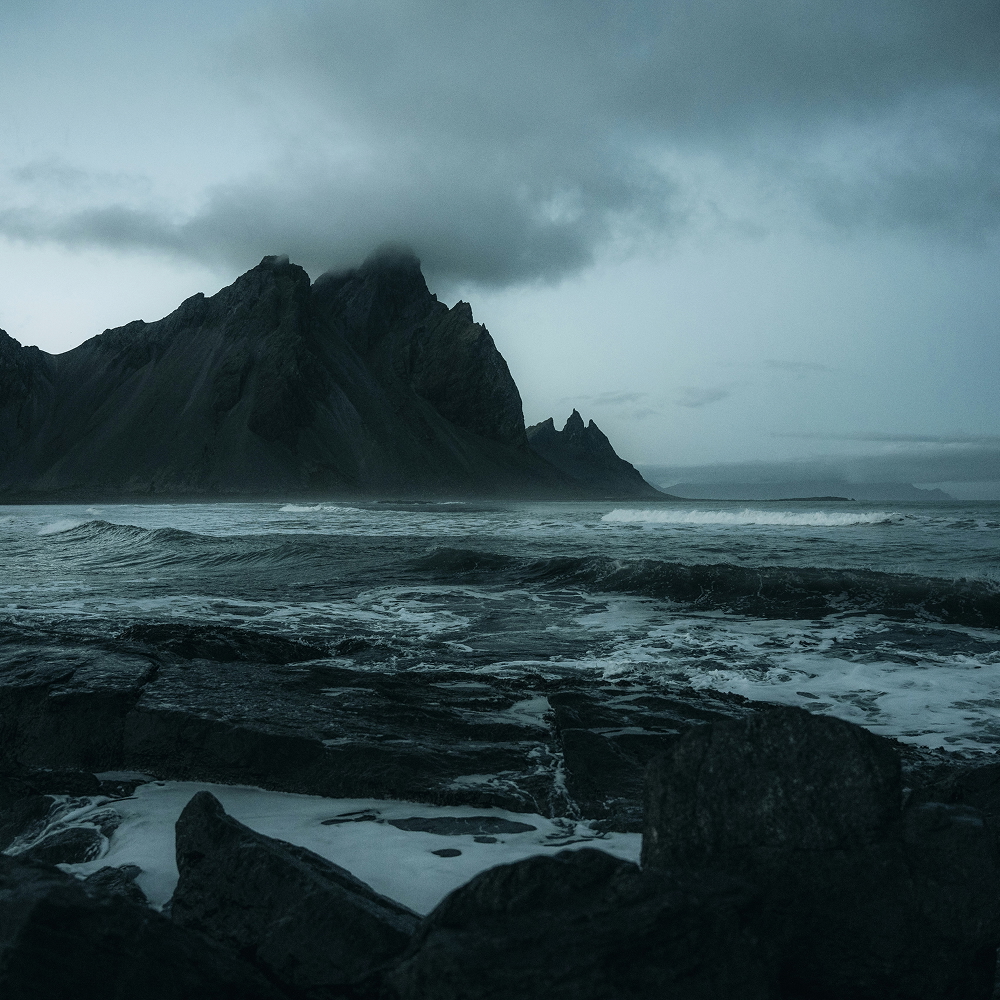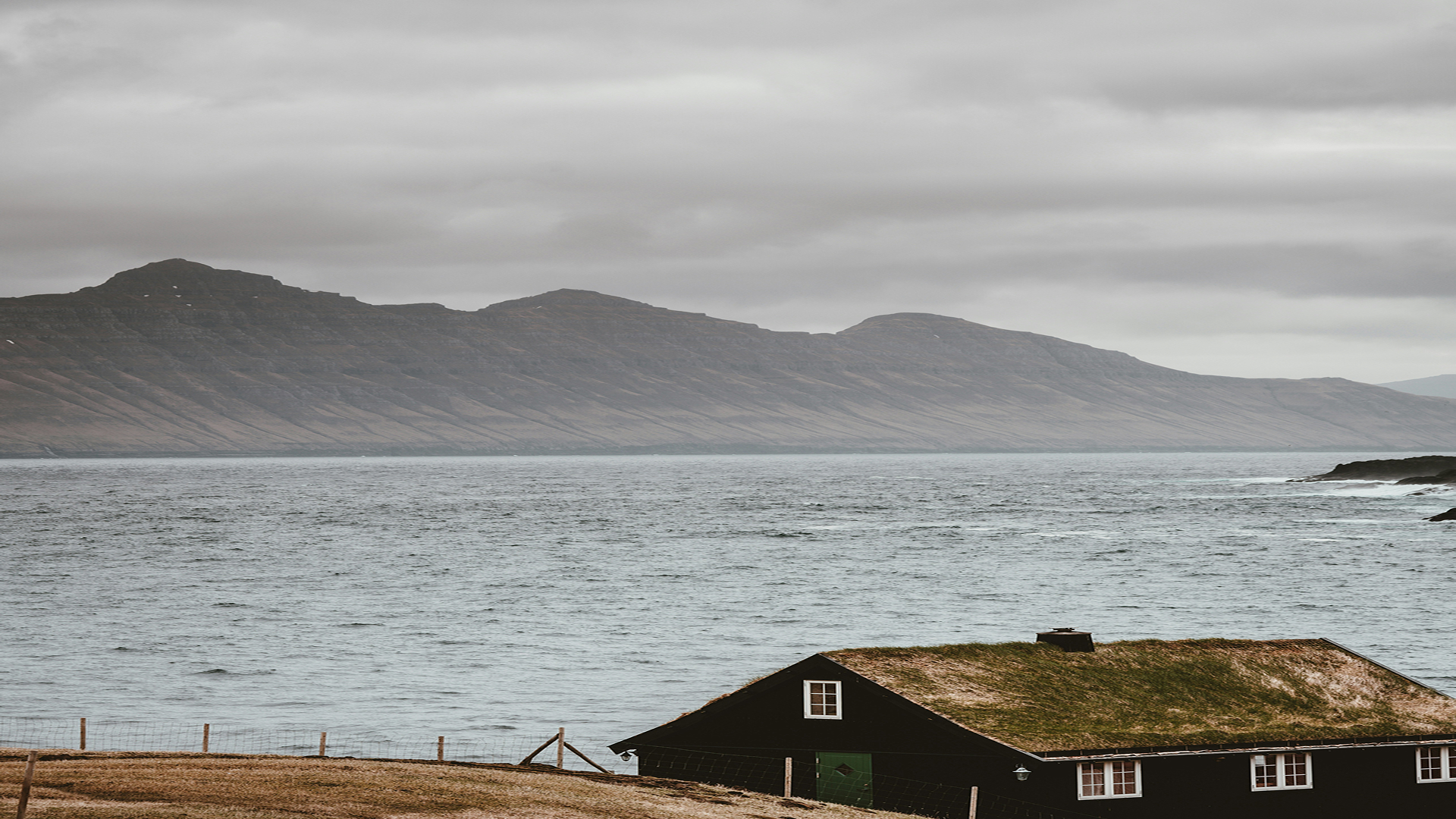Blog
The history of Nordic bathing: from ancient traditions to modern practices

Nordic bathing has always gone beyond hygiene. It holds space for recovery, transition, and reflection. In the North, water and heat were not simply comforts. They were essential tools for navigating extreme seasons, fostering connection, and finding balance in daily life. These traditions remain deeply rooted in the region’s landscapes and values. Today, the gestures may look different, but the intention endures. From outdoor cold plunges to warm wooden tubs, the ritual of thermal bathing continues to offer a quiet, grounding rhythm that restores more than the body, it restores attention, presence, and trust in natural cycles.
A ritual shaped by landscape
The foundations of Nordic bathing were laid by climate and geography. In regions marked by long winters and dramatic seasonal shifts, the practice of heat immersion followed by a cold plunge emerged as both a necessity and a philosophy. It was a way of aligning the body with nature’s own contrasts. Bathing was less about comfort and more about rhythm, a deliberate conversation between heat and cold, movement and rest. This relationship with temperature created rituals that supported health, endurance, and peace of mind through every season.
Thermal contrast as daily rhythm
Early saunas were simple structures, sometimes hollowed from hillsides, other times built with local timber and stone. After generating deep heat from steam and fire, bathers would exit and enter icy lakes or roll through snow. The practice of contrast bathing helped regulate circulation and mental clarity. Over time, this exposure to extremes was understood as a tool for physical resilience. It was embedded into everyday life. A form of training, yes, but also of celebration and reset. The cold wasn’t seen as discomfort, but as part of the process that restored vitality and reconnected the body to the earth.
Water as communal space
The sauna was a shared structure, a common ground for the community. It wasn’t simply where one went to cleanse, it was where life events unfolded. From childbirth to seasonal transitions, the space held personal and collective meaning. In many villages, the sauna was among the first buildings completed. It provided warmth, conversation, recovery, and rest. Gathering around heat and water became a cultural constant. The ritual offered more than physical benefit. It became social and symbolic, marking time and anchoring people together through elemental simplicity and the shared rhythm of steam, silence, and recovery.

Nordic bathing has always gone beyond hygiene. It holds space for recovery, transition, and reflection. In the North, water and heat were not simply comforts. They were essential tools for navigating extreme seasons, fostering connection, and finding balance in daily life. These traditions remain deeply rooted in the region’s landscapes and values. Today, the gestures may look different, but the intention endures. From outdoor cold plunges to warm wooden tubs, the ritual of thermal bathing continues to offer a quiet, grounding rhythm that restores more than the body, it restores attention, presence, and trust in natural cycles.
A ritual shaped by landscape
The foundations of Nordic bathing were laid by climate and geography. In regions marked by long winters and dramatic seasonal shifts, the practice of heat immersion followed by a cold plunge emerged as both a necessity and a philosophy. It was a way of aligning the body with nature’s own contrasts. Bathing was less about comfort and more about rhythm, a deliberate conversation between heat and cold, movement and rest. This relationship with temperature created rituals that supported health, endurance, and peace of mind through every season.
Thermal contrast as daily rhythm
Early saunas were simple structures, sometimes hollowed from hillsides, other times built with local timber and stone. After generating deep heat from steam and fire, bathers would exit and enter icy lakes or roll through snow. The practice of contrast bathing helped regulate circulation and mental clarity. Over time, this exposure to extremes was understood as a tool for physical resilience. It was embedded into everyday life. A form of training, yes, but also of celebration and reset. The cold wasn’t seen as discomfort, but as part of the process that restored vitality and reconnected the body to the earth.
Water as communal space
The sauna was a shared structure, a common ground for the community. It wasn’t simply where one went to cleanse, it was where life events unfolded. From childbirth to seasonal transitions, the space held personal and collective meaning. In many villages, the sauna was among the first buildings completed. It provided warmth, conversation, recovery, and rest. Gathering around heat and water became a cultural constant. The ritual offered more than physical benefit. It became social and symbolic, marking time and anchoring people together through elemental simplicity and the shared rhythm of steam, silence, and recovery.


From ancestral wisdom to everyday ritual
Nordic bathing shows how tradition becomes timeless when rooted in rhythm. What began in a forest sauna now continues in homes built for balance. The ritual lives on, not through replication, but through resonance. It adapts to the shape of modern life while preserving its original intention. The transition from heat to cold. The moment of silence. The gathering of breath. These are not bound to a place or a time. They belong to a philosophy. One that values clarity, simplicity, and elemental connection.
Discover the story behind tubs shaped by heritage, or explore how ritual wellness continues to evolve through water, wood, and presence.


